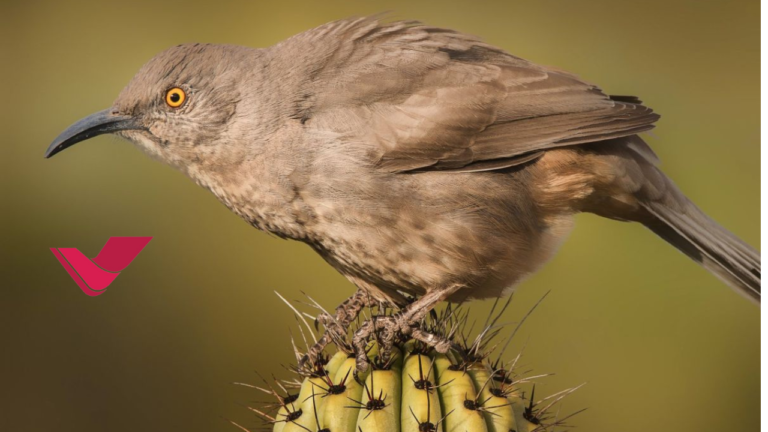Huitlacoche, often associated with the corn fungus delicacy in Mexican cuisine, is a term that also sparks curiosity when linked to an animal. The intertwining of myth and reality around the “huitlacoche animal” makes it a fascinating topic for exploration. This article delves into the mythical aspects, biological facts, and cultural significance of the creature known as the huitlacoche animal.
Myth and Folklore: The Huitlacoche in Cultural Imagination
In many cultures, particularly within Mexican folklore, animals often transcend their physical forms, embodying mythological and symbolic meanings. The huitlacoche animal is a creature deeply rooted in the region’s myths and legends. It’s often depicted as a mystical being, sometimes associated with omens or natural phenomena. These stories reflect the community’s understanding and interpretation of the natural world, where animals are not just fauna but part of a larger, spiritual ecosystem. The tales surrounding the huitlacoche animal are rich with metaphor and allegory, often serving as cautionary tales or moral lessons for the community. This aspect of the huitlacoche reveals much about the cultural and historical contexts in which it is situated, offering a window into the beliefs and values of the people who have passed down these stories through generations.
Biological Perspective: Unraveling the Facts
From a scientific standpoint, the huitlacoche animal is not a distinct species. Instead, the term may have been used historically or colloquially to describe various animals native to the regions where these myths originated. In some cases, it could refer to a specific bird or mammal characterized by unique features that captured the imagination of local communities. Biologists and zoologists studying the fauna of these areas often have to sift through folklore to identify the actual creatures behind these legendary names. This process helps not only catalog and understand regional biodiversity but also appreciate how cultural perceptions shape our understanding of the natural world. Studying such creatures is not just about the animals but also how human culture intersects with and interprets the natural environment.
Cultural Significance and Conservation
The cultural significance of mythical animals like the huitlacoche cannot be understated. These creatures often hold a sacred or revered status in local communities, shaping customs, artistic expressions, and even conservation efforts. In some societies, preserving certain species is directly linked to their mythological status. This intertwining of cultural importance and ecological conservation presents both opportunities and challenges. On one hand, it can lead to strong community support for protecting these species and their habitats. On the other hand, it may also result in misunderstandings about these animals’ biological needs and conservation status, potentially leading to misguided efforts.
Ecological Role and Environmental Impact
Beyond myth and culture, it’s essential to consider the ecological role of the animals often labeled as huitlacoche. Each species plays a vital role in its ecosystem, no matter how small or seemingly insignificant. They might be pollinators, seed dispersers, or a crucial part of the food chain. Understanding this ecological role is vital for effective conservation strategies—environmental changes, whether natural or human-induced, can significantly impact these species. Habitat loss, climate change, and pollution are just some factors that can threaten their survival. Conservation efforts must, therefore, take a holistic approach, considering the species, its habitat, and the broader ecosystem.
Challenges in Research and Understanding
One of the significant challenges in studying mythical animals like the huitlacoche is separating fact from fiction. Researchers often rely on historical texts, oral traditions, and local knowledge to piece together the identity and characteristics of these creatures. This process is complicated by language barriers, cultural differences, and the passage of time, which can alter or obscure these animals’ original descriptions and understandings. Additionally, there’s a need for interdisciplinary collaboration, where anthropologists, biologists, and even linguists work together to fully understand and appreciate these creatures’ roles in the natural world and human culture.
Conclusion
The huitlacoche animal, a blend of myth and reality, is a fascinating example of how human culture intertwines with the natural world. While it may not be a distinct species in the biological sense, its significance in folklore and culture is undeniable. Understanding the huitlacoche requires a multifaceted approach, combining scientific inquiry with an appreciation of cultural and historical contexts. Whether as a symbol in folklore or a creature in an ecosystem, the huitlacoche reminds us of the intricate connections between our world and the myriad life forms we share. As we continue to explore and understand such creatures, we uncover more about not only our natural environment the rich tapestry of human belief and imagination that colors our experience of the world.


